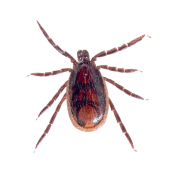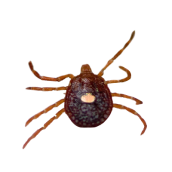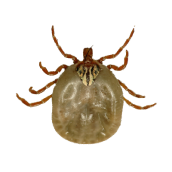Did you know?
-
Adult ticks can feed all year long! Cold weather does not stop ticks from actively hurting your pet.
-
Indoor pets are still at risk since ticks can come inside by attaching themselves to clothing previously worn outdoors!
-
Some ticks can complete their entire lifecycle indoors.





